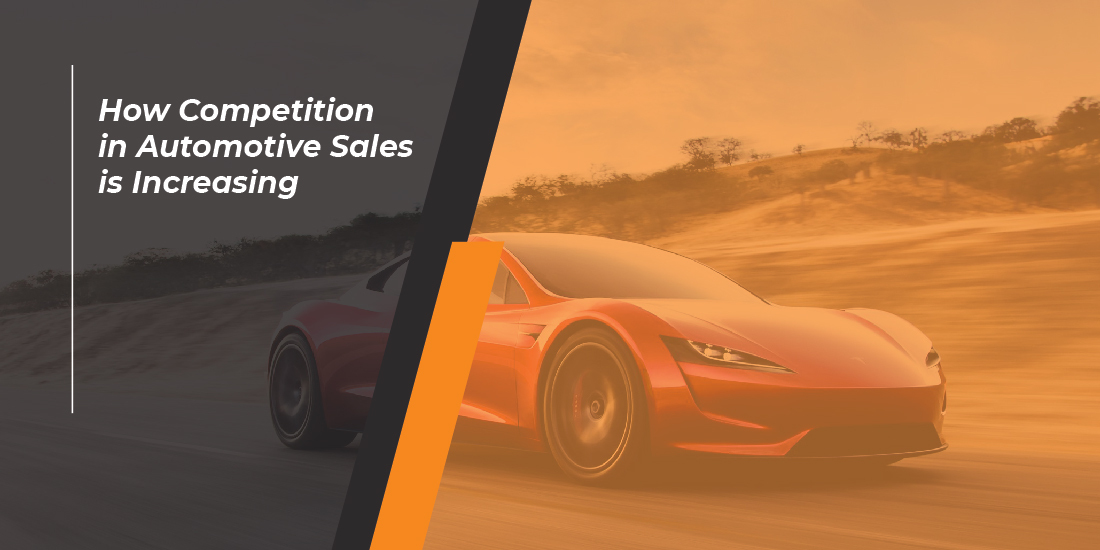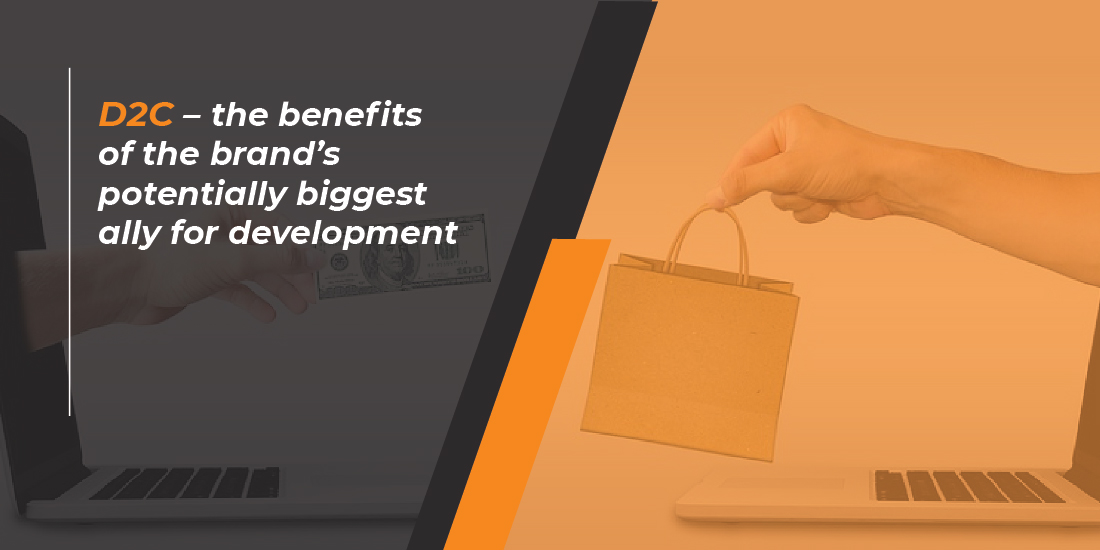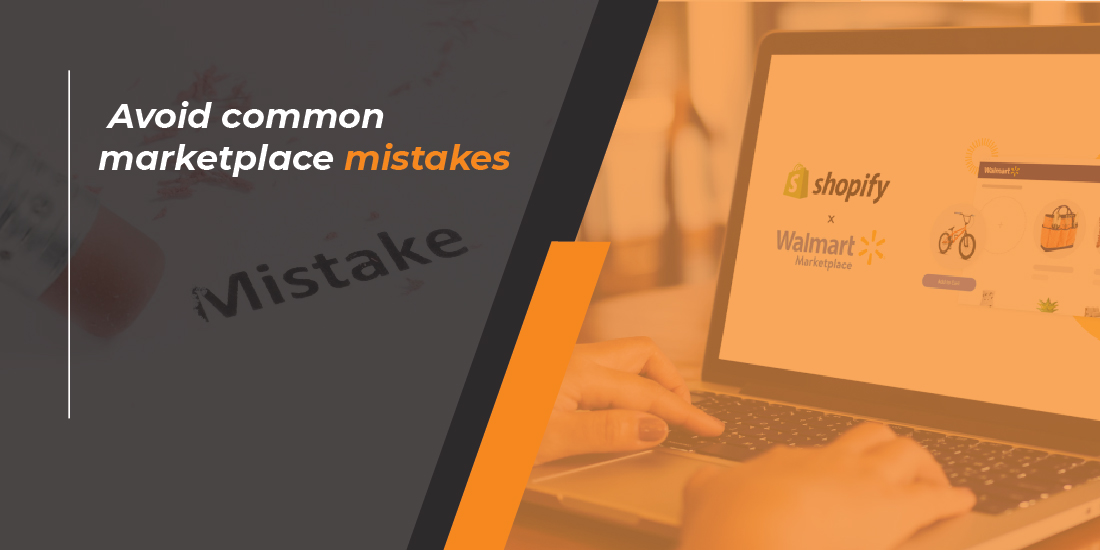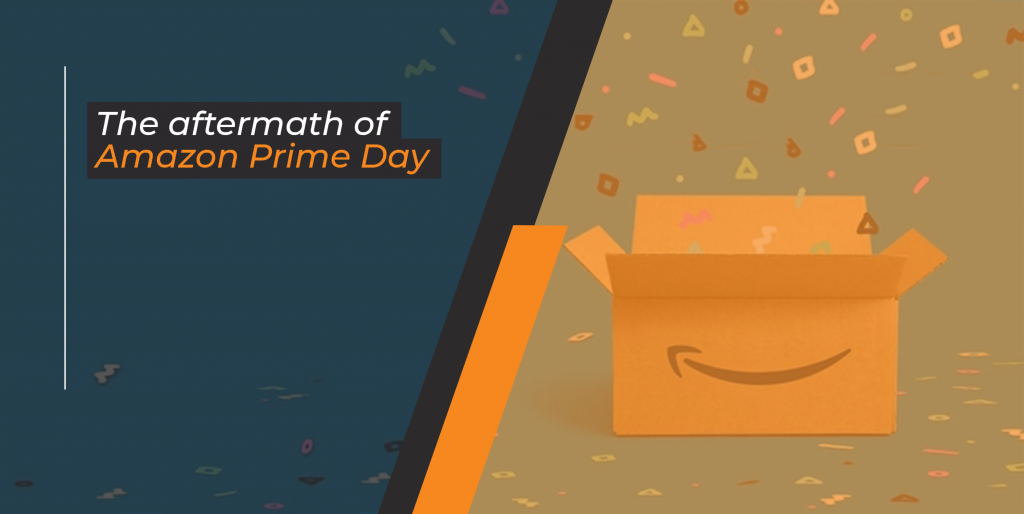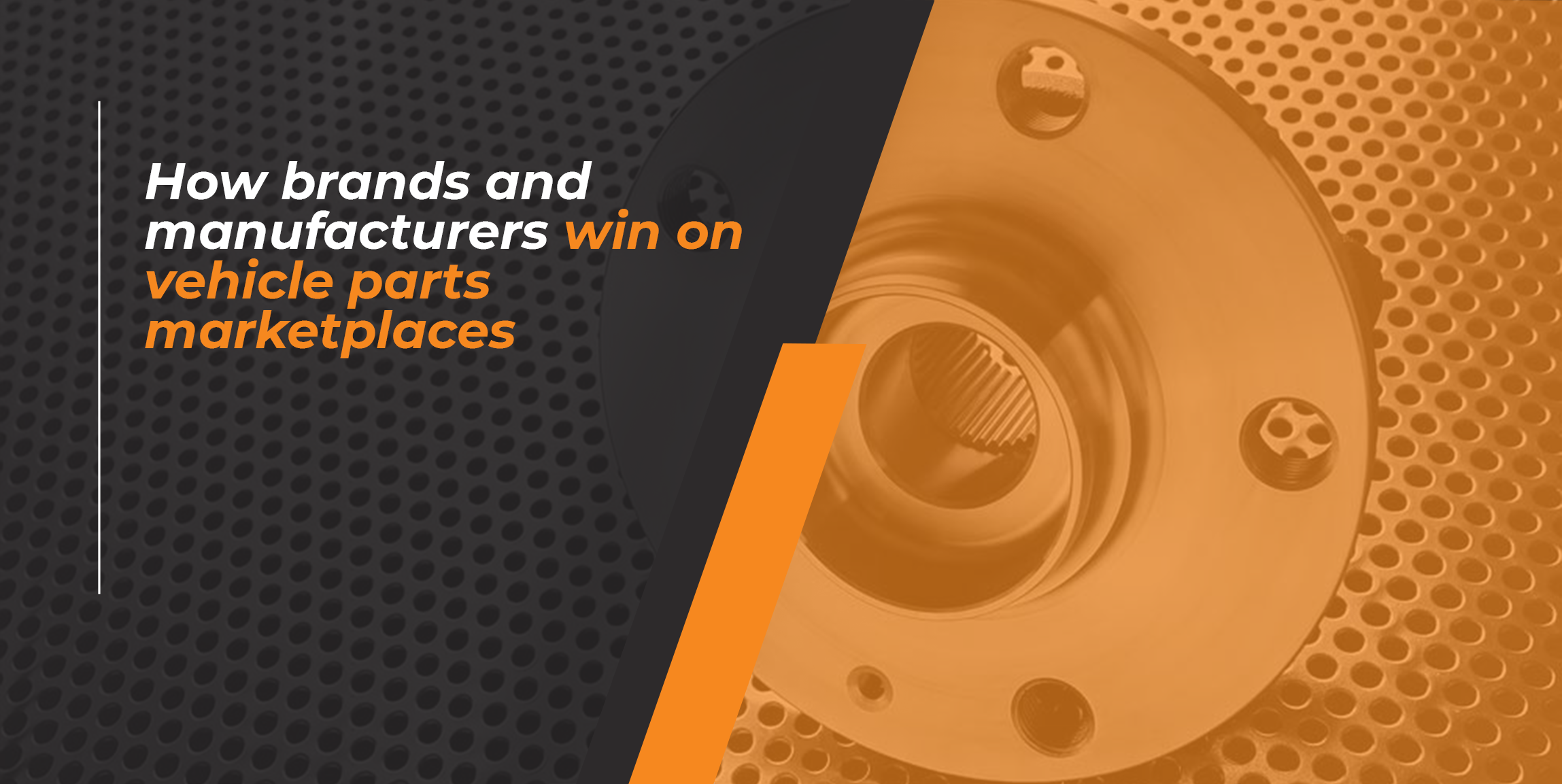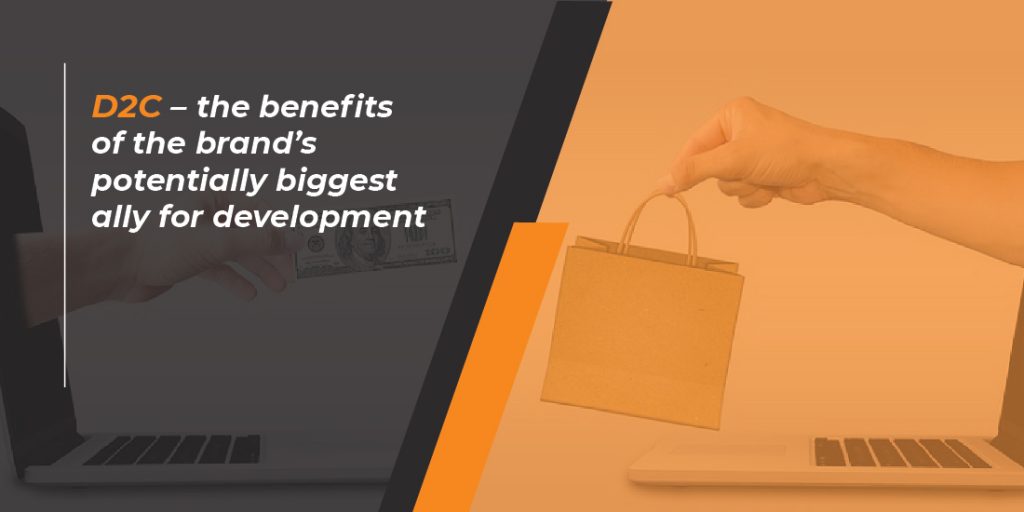
A lot of brands today prefer D2C selling. It’s only one area of e-commerce business but it has changed a lot in recent years as cutting the intermediary out of the picture earns a higher margin and provides direct access to customers and data.
Commerce has always been driven by shoppers and their preferences, so for them all the information is crucial. 72% of shoppers research their desired purchases online before they decide to go to a physical store or not to get them. And these days, with the help of social media marketing and its influence, it’s even easier to showcase what you’ve got and develop your D2C offering. Social channels are one of the best ways to build a relationship with your customers and communicate with them and we can see it has become one of the driving factors for customers. This helps not only with sales but with developing brand awareness, loyalty, reputation, and driving more traffic to your store.
In today’s world, customers prefer personalisation. Collecting and using your customers’ data wisely can help make up for the lack of in-person contact common for many brands. Successful D2C selling is recognising your customers as individuals, thereby proving the power of personalization, while nurturing direct relationships with them. The control of the customer experience and interacting directly with buyers ultimately develop stronger brand-customer relationships and can communicate brand values.

Most brands that take the plunge and go D2C stay with it because of the long term benefits. You can retain all customer data (and after that use it to fuel product and social media development). You can nurture direct relationship with customers, offering better prices, strategically offer promotions and sales events for particular products, all the while perfecting the purchase journey as you go.Plus, you have the complete control of the customer experience, from start to finish, that D2C offers.
“The internet has practically eradicated the need for middlemen in today’s economy, so it’s time for e-commerce companies to adapt. D2C [allows manufacturers] to make the same profit at a lower price [for] the customer – it’s a total win-win. If the customer is willing to buy direct, they can do so without much effort,”
Nate Masterson, CEO of Maple Holistics.
Even if you work with channel partners, consider that over 50% of manufacturers are sharing that D2C sales helped them to improve brand awareness and boosted leads and sales for their partners. 14% of manufacturers have reported that their D2C strategy enabled them to test the success of new and innovative products before passing them to retailers.
Another possibility for expansion and customer reach that is offered for D2C is, as mentioned above, social media, which makes it easier to reach both present and future customers. Keeping in mind that with every Internet user present on at least two or more social media channels, more than 80% of them turn to these platforms to find new brands and seek help with a purchase, sometimes without even realising it. Social media has also provided a whole new dimension to the D2C strategy according to a 2019 report – 61% of D2C brands reach a majority of their customers through social media marketing, with SEO at second place with 51%.
Finally, while all these points strengthen the case for aftermarket providers to go D2C, it’s important to make sure that you co-ordinate your strategy across the marketplaces and web stores where you target your customers directly.

If you want to grow your D2C aftermarket presence or for a no-obligation introductory discussion, please contact us.
Check the aftermarket vehicle accessories formula for success here.
* The data used is this article is according to United States Ecommerce Country Report 2018, Microsoft dynamics 365 2019, Zendesk 2019 ,PWC 2019 and Data Portal 2021.





















